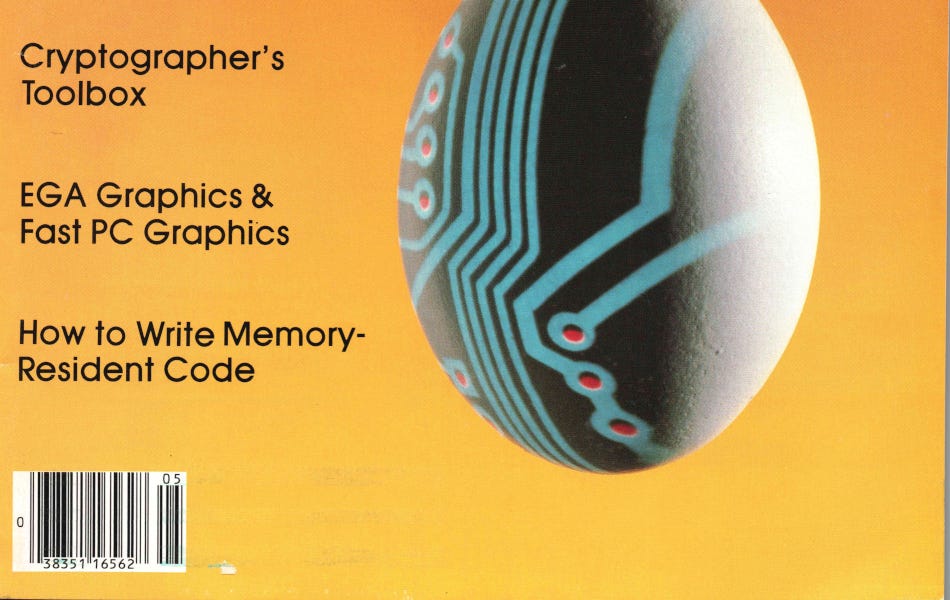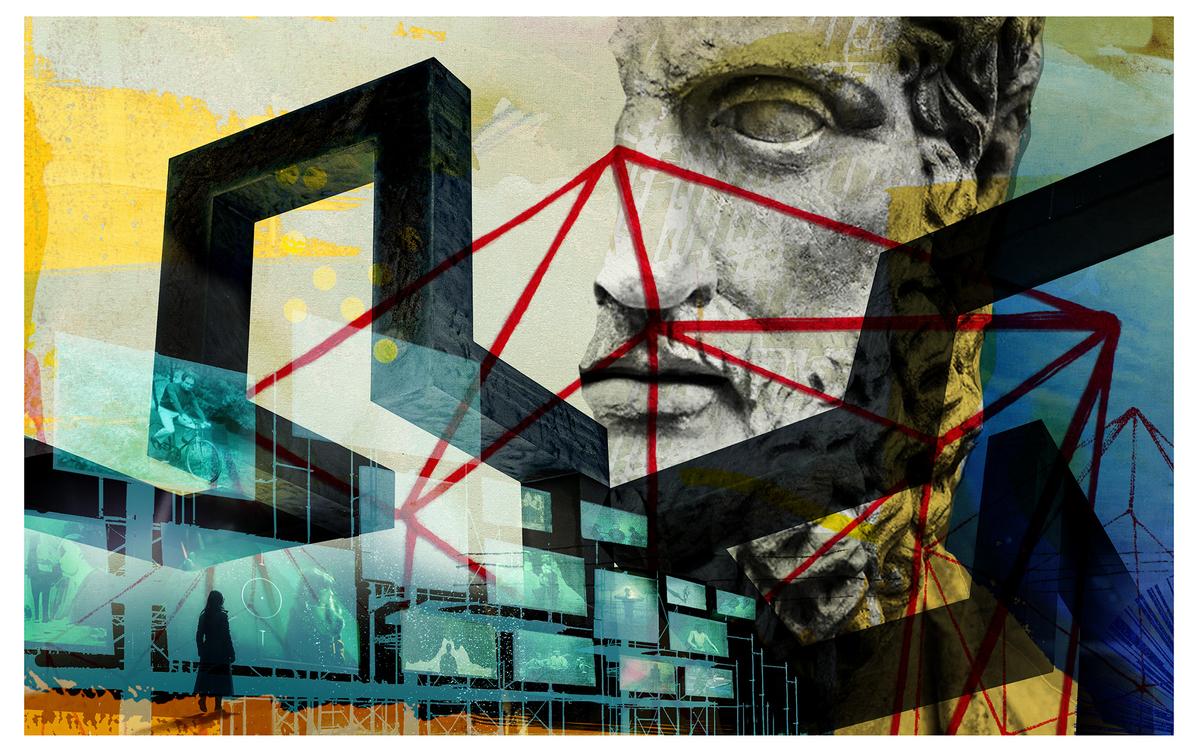34 Ingenious Paper Mechanisms: A Showcase of Folding Engineering
This article showcases 34 remarkable paper mechanisms, ranging from simple animated folds to complex rotating contraptions. These designs demonstrate the boundless possibilities of paper engineering, combining artistic aesthetics with intricate mechanical principles and folding techniques. Highlights include a Miura-fold inspired deployable solar panel and various geometrically driven dynamic structures, showcasing the intersection of art and engineering in paper design.


















